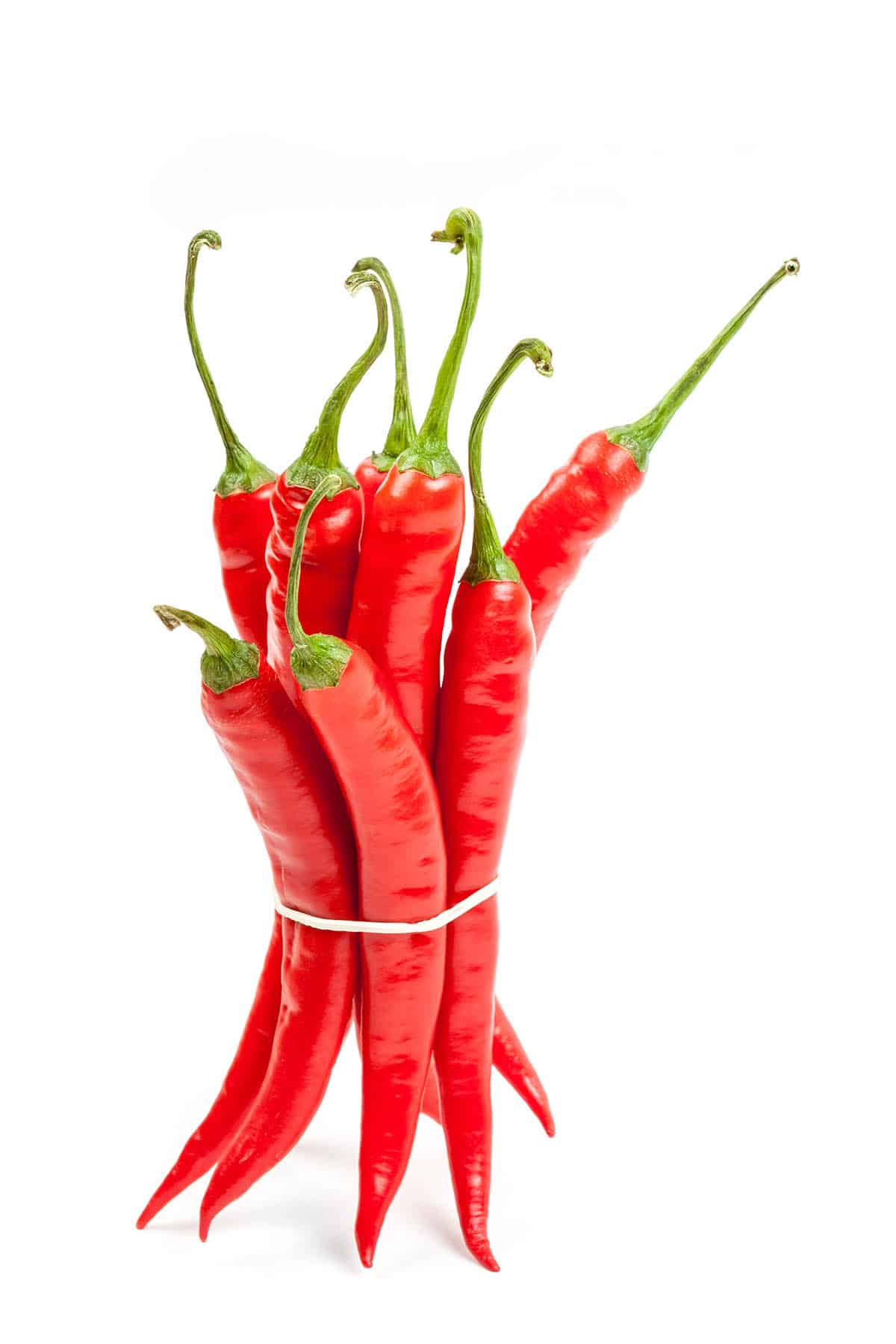It is native to Central and South America but was perfected and developed for growing by Clemson University in 1985. Most significantly, they found that it is resistant to root-knot nematode, a pest that can destroy certain plants and crops. Studies suggest it can be used as a rotation crop to reduce root-knot nematode, allowing another crop to be planted in that space following the Carolina Cayenne. This version of the cayenne is delicious when used in sauces, marinades and salsas, and can be used fresh, dried, pickled, or as a powdered spice. It’s a great addition to many types of dishes and cuisines. Learn more about the Health Benefits of Chili Peppers Try this Homemade Cayenne Pepper Sauce Recipe or this Homemade Cayenne Powder Recipe. Learn more about cayenne peppers here.
Learn About These Other Hot Chili Peppers
African Bird’s Eye / African Devil Devil’s Tongue Pepper: All About Them Fatalii Chili Peppers Datil Pepper: Fiery Chili from St. Augustine Sugar Rush Chili Peppers Tshololo Chili Pepper Wiri Wiri Pepper Bahamian Chili Peppers Tiger Paw NR Chili Peppers Tabiche Chili Peppers Madame Jeanette Chili Peppers Jamaican Hot Chili Peppers There are even more here!
